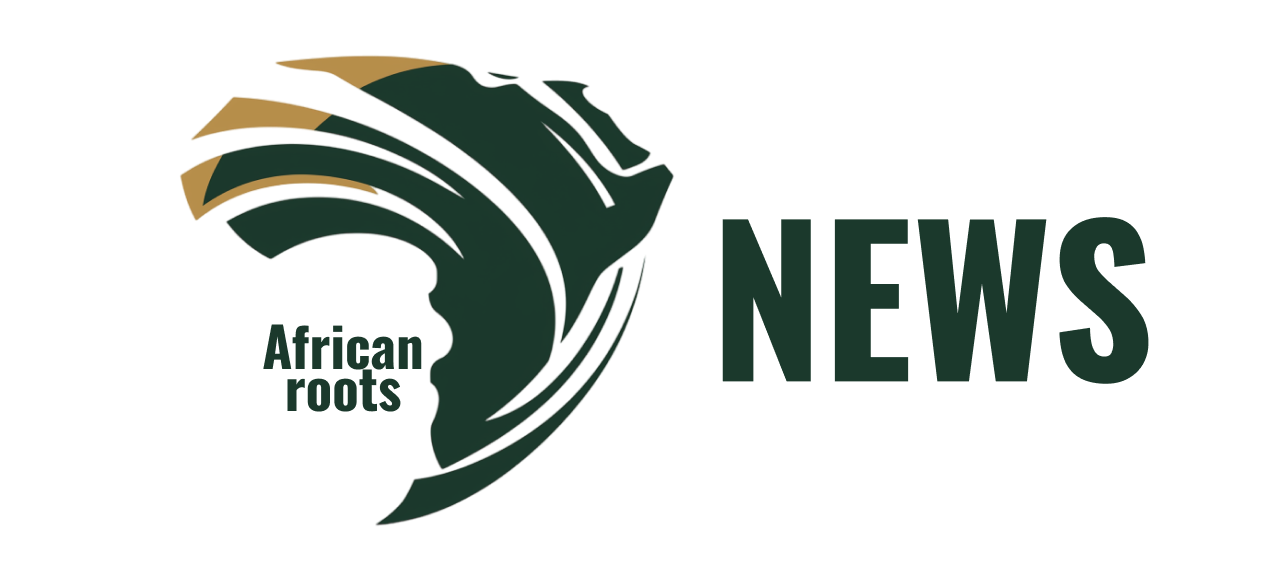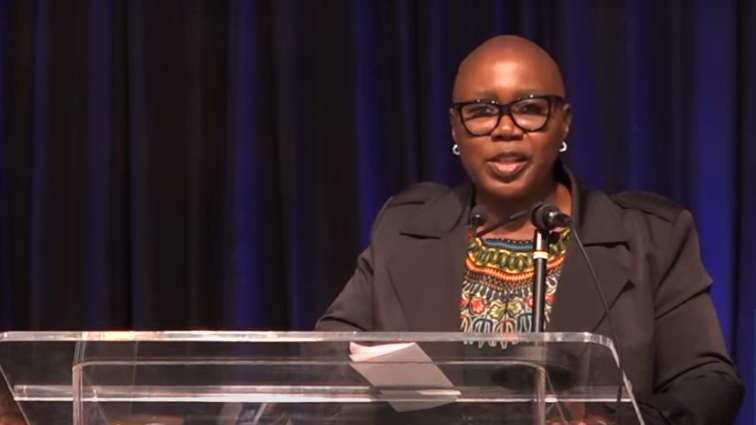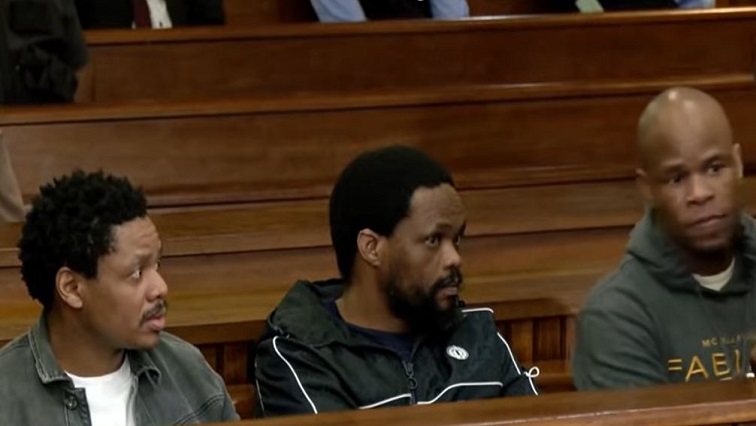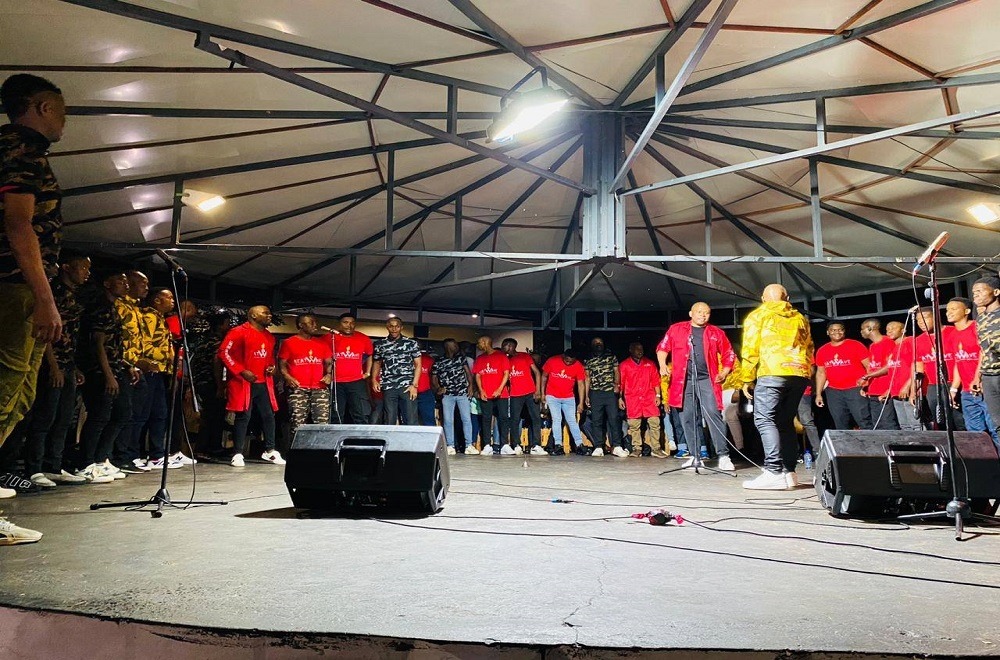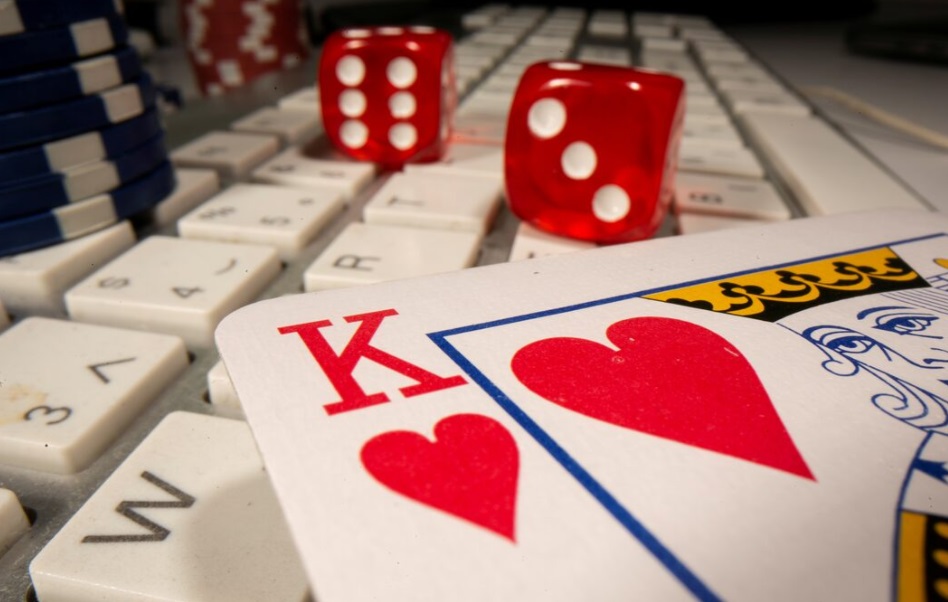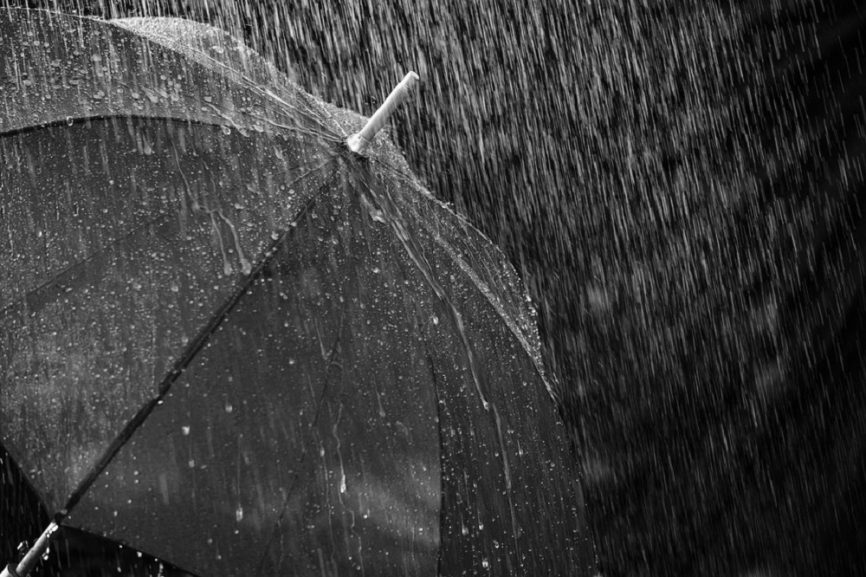-
The Deputy Minister of Science, Technology, and Innovation, Ms Nomalungelo Gina, at the official launch of a suite of locally developed technologies designed to transform the lives of people with disabilities in South Africa.
Deputy Minister of Science, Technology & Innovation, Nomalungelo Gina, says assistive technologies for people with disabilities are more than just tools; they promote inclusivity.
Gina launched various locally developed technologies at the Central University of Technology in Bloemfontein that are designed to enhance the lives of people with disabilities in South Africa. Gina added that this forms part of a broader national commitment to inclusive innovation and aligns with South Africa’s G20 theme of Solidarity, Equality, and Sustainability.
Innovative minds came together in one room, bringing a brighter future for people with disabilities to do many things independently. Deputy Minister of Science, Technology & Innovation, Nomalungelo Gina, says these developed technologies help to ensure that people living with disabilities are not left out in mainstream communication. Gina says all this to reshape how society operates.
“We are so grateful to our innovators that we are here. We are so grateful to our partners who have helped to fund to come of such devices. Let me make an example – we came up with there is a device that is called the Ka-dah device. It’s one device where our blind people from our blind society can access their mobile phones without even touching the phone. It would connect using Bluetooth, and they can access the apps and make sure that they are safe and they are not being abused by anyone who will help them to use their own cellphones. It’s quite a good device.”
VIDEO | Launch of Technologies for people with disabilities
Amongst some of the key technologies is Virecom, a video remote interpreting service for deaf users. And Wedigital portfolio manager, Jacenda De La Hunt, says a WeSignIt is an app that helps to translate written content into sign language, helping them to make informed decisions.
“Sign language is typically reversed; their sentence structure is different, and they don’t always understand what they are reading when presented in English unless they’ve formally trained in that language, educated in that language. The downfall is that this creates many challenges, like not being able to, for instance, understand contractual obligations. Being left out of mainstream educational content and so on. We are trying to bridge that and enable people to make informed decisions by creating understanding in the content that we are engaging with,” says De La Hunt.
VIDEO | Science, Technology and Innovation launches National Science Week
Ka-dah is a wearable smartphone interface for visually impaired people. Shakila Maharaj from Accessible Media says ShazaCin is an App, and an audio description tool for blind users.
“So the app is called describe AT, which stands for assistant be technology, and what it does is synchronise audio to video. So, we create audio description soundtracks and place them on the App. Think of it like a streaming App for visually impaired persons where you could watch movies, but we go beyond that and we also have illustrated books. And we are constantly expanding to educational material, podcasts and so forth,” Maharaj explains.
Learners from Special Schools expressed optimism about the devices that were launched to help them. Some of them had this to say…
“Today I learnt about not giving up on myself. First, when I started going to Pholoho, I was sad because I didn’t believe that I would be the child going there. Because people are calling us crazy and we are not crazy, we are just different, and I’m proud of myself. And not give up about myself.”
“I’m happy that we must not listen to other people when they talk badly about us because we are at Special School. We must just ignore them, because we know who we are. And note who we are. I believe, too, that I can be what I want to be in life. I must not listen to another person because that would pull me down. So, I believe I can be what I want.”
The launch takes place during Psycho-Social Disability Awareness Month to raise public awareness to advance the rights and inclusion of people with disabilities.
The Deputy Minister of Science, Technology, and Innovation, Ms Nomalungelo Gina, will officially launch a suite of locally developed technologies designed to transform the lives of people with disabilities in South Africa. pic.twitter.com/NFFedS2wRI
— DEPARTMENT OF SCIENCE,TECHNOLOGY & INNOVATION (@dstigovza) August 3, 2025
